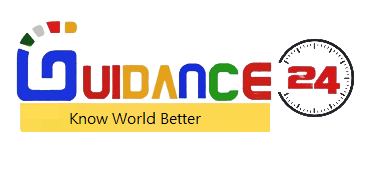Certainly! Here’s a categorical list of programming languages grouped according to their main application domains:
- General-Purpose Programming Languages:
- C
- C++
- Java
- Python
- JavaScript
- Ruby
- Swift
- Go
- Rust
- Kotlin
- Web Development:
- HTML
- CSS
- JavaScript
- PHP
- TypeScript
- SQL
- Mobile App Development:
- Swift (iOS)
- Java/Kotlin (Android)
- Dart (Flutter)
- Objective-C (iOS, less common now)
- Data Science and Machine Learning:
- Python (with libraries like NumPy, Pandas, Matplotlib, TensorFlow, PyTorch)
- R
- Julia
- Game Development:
- C++
- C#
- UnityScript (deprecated, replaced by C# in Unity)
- Lua (often used for scripting in game engines)
- Scripting Languages:
- Python
- Perl
- Ruby
- Bash/Shell Scripting
- PowerShell
- Functional Programming Languages:
- Haskell
- Lisp (including Common Lisp, Scheme)
- Erlang
- Clojure
- F#
- Embedded Systems and IoT:
- C
- C++
- Assembly Language
- Python (for higher-level tasks)
- Databases:
- SQL (Structured Query Language)
- PL/SQL (Procedural Language/SQL)
- T-SQL (Transact-SQL)
- MongoDB Query Language (MQL)
- Couchbase N1QL
- Markup Languages:
- HTML (Hypertext Markup Language)
- XML (Extensible Markup Language)
- Markdown
- YAML (YAML Ain’t Markup Language)
This list covers a broad range of programming languages used in various domains and applications. There are many more languages out there, each with its own strengths and weaknesses, but these are some of the most commonly used and well-known ones in their respective categories.
